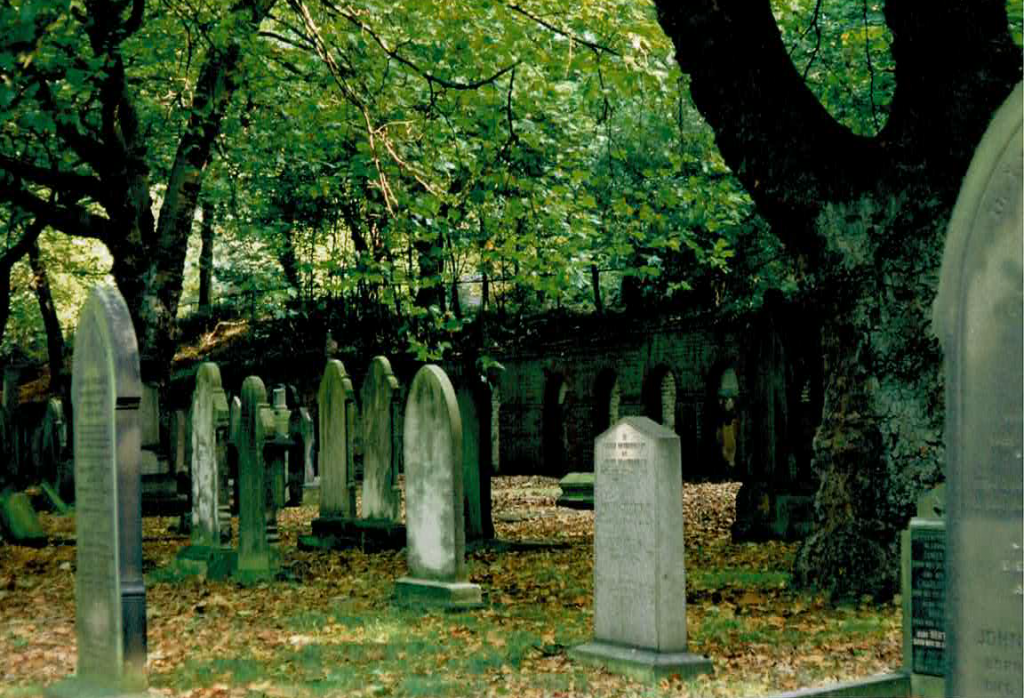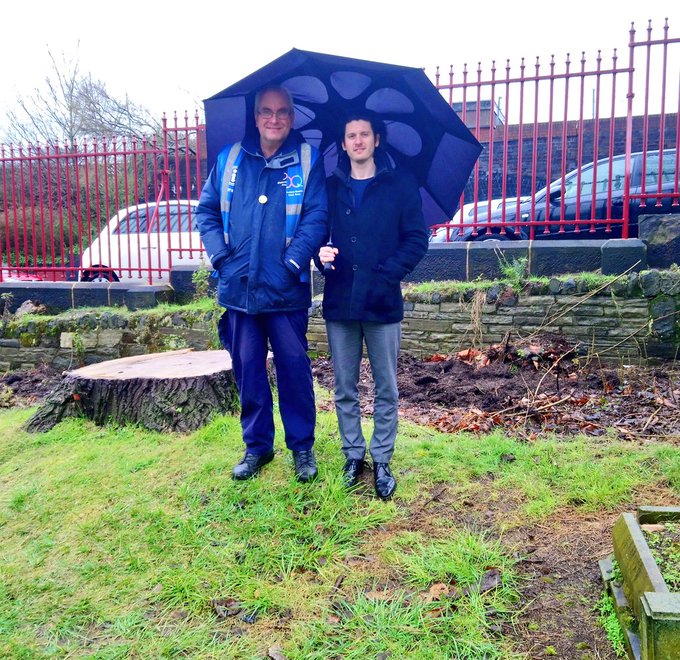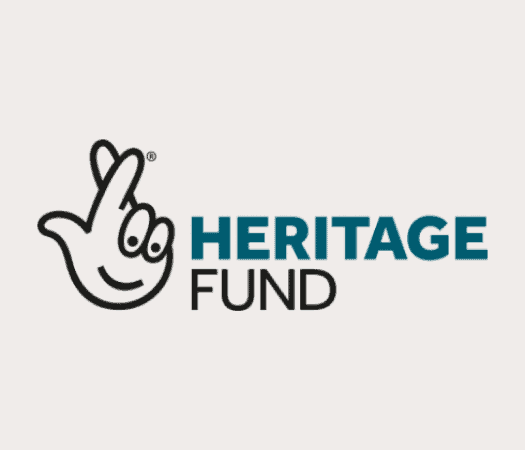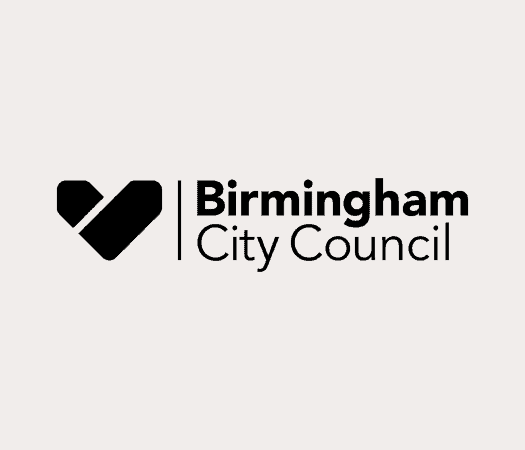Dr Heather Hall worked for Birmingham City Council and was responsible for restoration work undertaken in the Jewellery Quarter Cemeteries in the mid 80’s. We caught up with her by phone in March 2020 to hear about her memories of that time:
Heather Hall (née While) did her degree in Environmental Studies and Physical Geography at Wolverhampton. When she completed her degree, she was appointed as the first conservation officer for Birmingham. She worked on 15-20 projects (including City Farm and the Nature Centre), but only two cemeteries; Key Hill and Warstone Lane. She later completed a Doctorate looking at locating and investigating relic hazards at historical industrial waste sites.

The restoration work in the cemeteries was part of a wider scheme initiated by the council when Dick Knowles became leader in 1984, later supported continued under Sir Albert Bore. There was a desire to preserve historic features and undertake conservation projects; so the cemeteries were a good starting point for the programme, which tapped into the Manpower Services Commission. The Manpower Services Commission aimed to relieve high unemployment by providing training opportunities. The people taking part in the training scheme were ‘on the dole’ and so the council funding only needed to cover tools and materials. The restoration work at Key Hill and Warstone Lane were just part of a much larger joined up project, but they were one of the first aspects of the project to be tackled and Heather believes they acted as a real catalyst for the whole programme. It was integral because people who worked on Key Hill and Warstone Lane went on to work on other projects through the Manpower Services Commission including Harborne Walkway and Woodgate Valley.
Heather believes that public open spaces should be for everyone, and wanted to accommodate people of all abilities at the sites she worked on. This included providing Donkey carts to allow disabled people to visit Woodgate Valley, plus running activities for other groups including Deaf and Blind visitors. All the sites Heather worked on also had educational facilities, with daily school visits, where children could learn about nature and the countryside. She remembered the impact of visiting green spaces on children from inner city schools – including one child who got off the mini bus and into the open space, he spun around in awe calling it ‘the centre of the world’.
At Key Hill and Warstone Lane Heather worked with a group of around 20 people from the Manpower Services Commission training schemes. When they first arrived in 1984, the cemeteries (which had just been closed to new burial) were so overgrown you couldn’t see the graves and many monuments were in poor condition. As well as laying the paths, they worked to reset many of the gravestones upright and clean them. Understanding the history of the cemeteries wasn’t part of their remit, which was focused on the practical aspects of conservation and equipping the working party with new skills.

Heather hasn’t been back to the cemeteries since she left Birmingham in 1988 and moved to the Wyre Forest but remembers them with great fondness. The project was ‘a lot of fun’ and she has ‘great affection’ for the cemeteries.
However, the project wasn’t without its challenges – including the time a young man driving a dumper truck fell into a vault which opened up underneath the vehicle. The driver wasn’t hurt, but was so terrified by the experience which was like ‘going into hell’ that as soon as the dumper truck was freed, he jumped off, ran away and was never returned to the project! They also once had tools stolen, on a Friday afternoon shortly after the week’s wages were paid – suggesting it was an inside job…
Heather is one of the lucky few to have been inside the catacombs at Key Hill. At the time they were dark and crumbling with a dank wet smell and no one had been inside for a long time. Another tunnel was remembered more favourably – the railway tunnel along the disused track to Snow Hill station was a useful short cut. This line was reopened in 2005, so now we can jump on the train instead of walking.
Heather also met her husband, Norman Hall, whilst working for Birmingham City Council, as he was a parks manager which included the cemeteries at that time. So, in some ways the project is responsible for ’31 years of pure joy’!
We hope that Heather and the team she worked with would all be very happy to see that the cemeteries have been undergoing restoration again 35 years later, continuing their legacy of conservation in these unique cemeteries, especially maintaining the commitment to access for all and educational resources.





